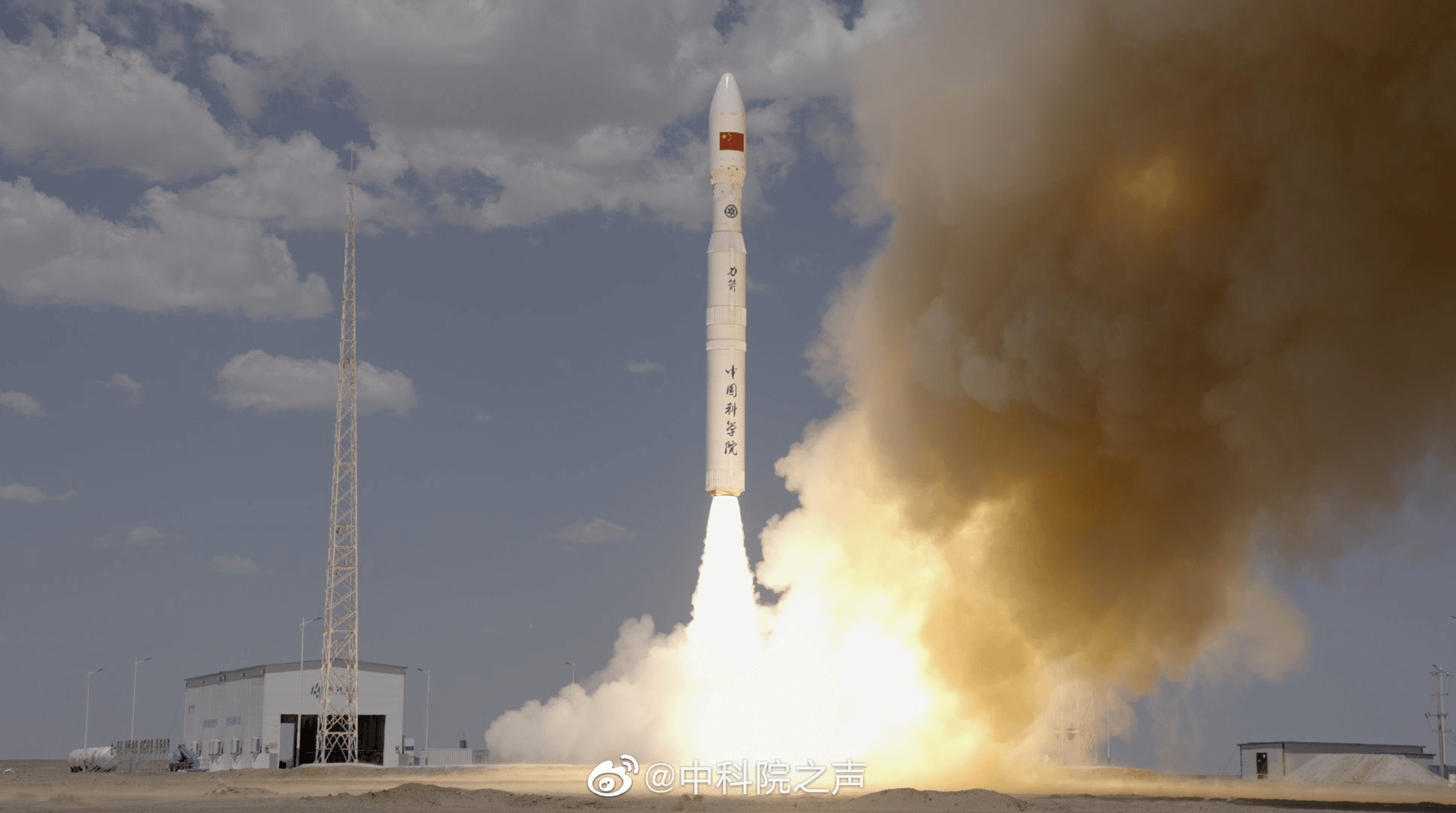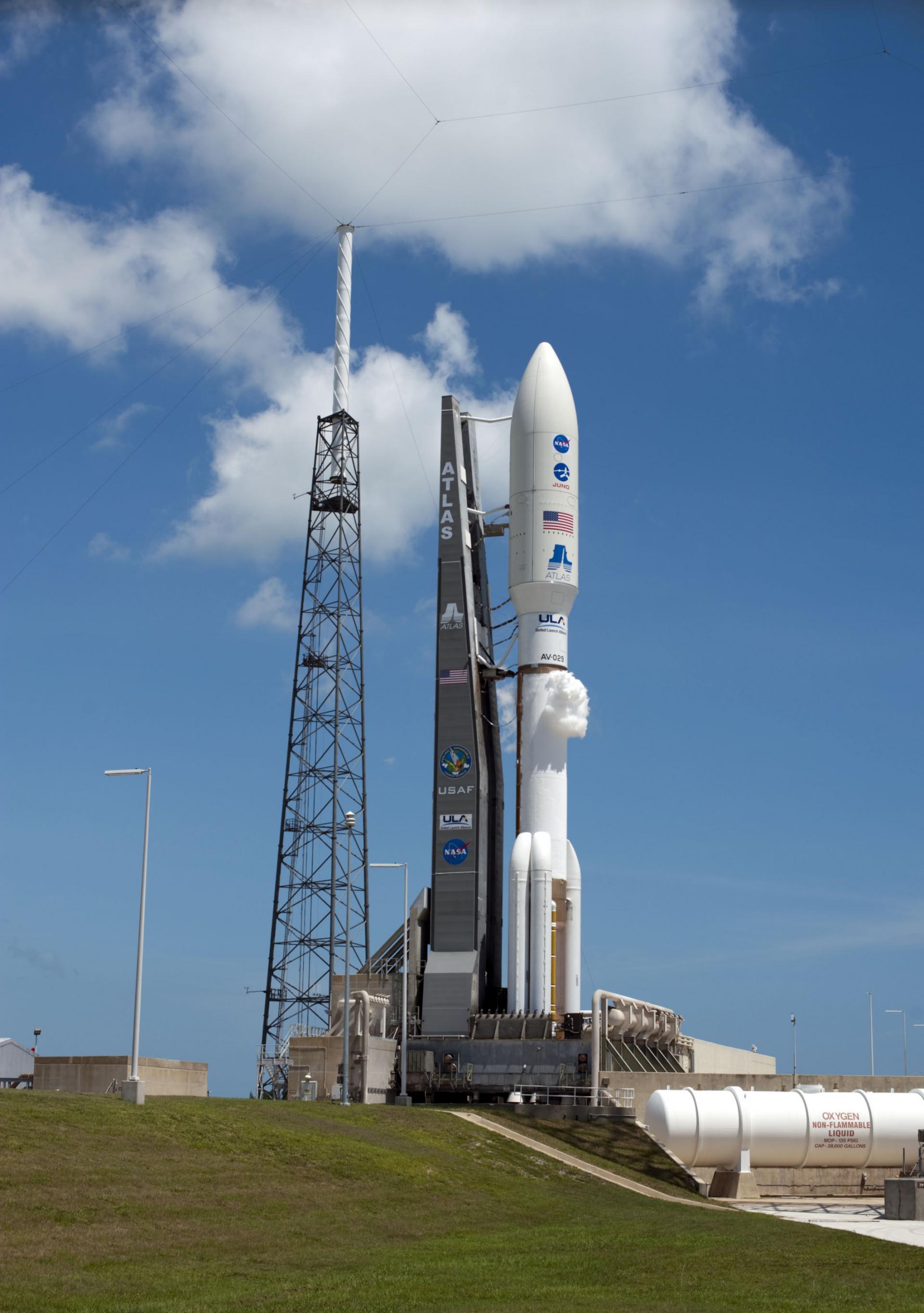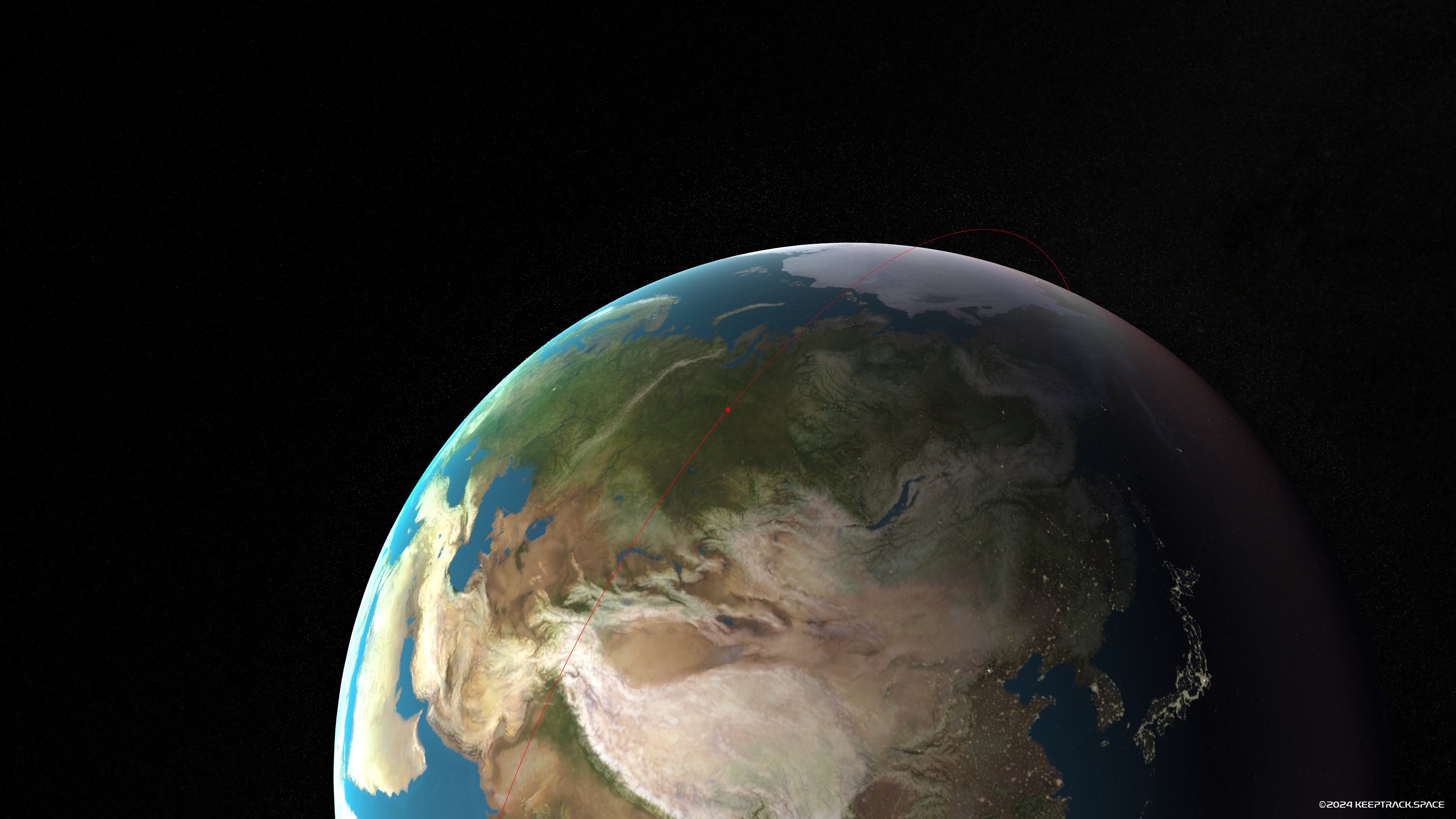· space brief · 6 min read
Space Brief 15 May 2025
Today's brief highlights a nuclear battery startup's funding boost, advisory board additions in the space sector, and key military updates impacting space operations.

📄Top Stories
Zeno Power, a nuclear battery startup, successfully raised $50 million to bolster its expansion in space and maritime applications. Meanwhile, Orbit Fab is enhancing its advisory board with Space Command veterans to strengthen its national security focus. In military news, the Senate has confirmed Troy Meink as the new Air Force Secretary, while challenges in aviation development are highlighted by key defense figures.
📰Detailed Coverage
Zeno Power Secures $50M for Expansion
Zeno Power, a budding entity in the nuclear battery sector, has successfully secured $50 million in new funding aimed at broadening its ventures in space and marine environments. The funding round was led by Hanaco Ventures alongside other investors focused on the space and defense industries. This financial boost is expected to enhance Zeno Power’s capability to develop advanced nuclear power solutions for satellites and deep-sea applications.
The integration of nuclear batteries in space technology is crucial for power-hungry missions that traditional energy sources can’t support. By leveraging this new capital, Zeno Power aims to pioneer in providing reliable power solutions, thereby enhancing operational longevity and efficiency for satellites, which is integral for precise satellite tracking and monitoring.
Read the full story: SpaceNews
Orbit Fab Strengthens Advisory Board
Orbit Fab, recognized for its innovative “Gas Stations in Space” concept, has appointed two notable Space Command veterans to its advisory board. This strategic inclusion of Major Generals Jody A. Merritt and Roger W. Teague, both with substantial military backgrounds, aims to bolster Orbit Fab’s focus on national security and enhance its space operations expertise.
The advisory board’s expansion is significant as it signals Orbit Fab’s commitment to integrating military insights into commercial space operations, an area increasingly intertwined with national defense strategies. This move may amplify Orbit Fab’s influence in shaping secure and sustainable space resource management systems, pivotal for future satellite missions.
Read the full story: SpaceWar
Senate Confirms Troy Meink as Air Force Secretary
In a notable appointment, Troy Meink has been confirmed as the Secretary of the Air Force, gaining bipartisan support. Previously serving as the Deputy Director of the National Reconnaissance Office, Meink’s role is expected to involve significant interplay between Air Force initiatives and space operations.
His confirmation marks a continuation of efforts to streamline and reinforce the integration of space defense capabilities into broader military strategies. This strategic alignment is crucial as space becomes a more contested domain, requiring robust leadership to navigate emerging challenges and opportunities.
Read the full story: SpaceNews
Delays in Navy’s F/A-XX Fighter Program Raises Concerns
A key lawmaker has raised alarms over potential delays in the Navy’s F/A-XX next-generation fighter program, noting that such setbacks could leave the US vulnerable to competitive military advancements by China. The program’s progression is critical to maintaining technological parity with global adversaries.
The assertion emphasizes the importance of timely development cycles in defense technology and the broader impact of industrial base growth, which are pivotal for maintaining a strategic military edge. This also underscores how terrestrial and space-based military capabilities need to evolve in concert to ensure comprehensive defense readiness.
Read the full story: Breaking Defense
SASC Skepticism Over Air Force’s F-47 Timeline
Senator Jack Reed has expressed skepticism regarding the Air Force’s ability to deliver the F-47 aircraft within the projected two to three-year timeline. The concerns touch on the complexities of defense acquisition projects and the need for meticulous planning to avert capability gaps.
Reed’s comments spotlight the broader challenges in military procurement and technology deployment, reflecting the strategic necessity of both terrestrial and space-based platforms in current operational doctrines. As satellite dependence grows, timelines for new systems critically affect operational synergy.
Read the full story: Breaking Defense
🛰️Satellite Spotlight
- Satellite Name: BRO-5
- NORAD ID: 51061
- Launch Date: January 13, 2022
- Mission: BRO-5 is dedicated to RF spectrum monitoring, signals intelligence (SIGINT), and traffic monitoring.
- Orbit: Low Earth Orbit (LEO)
- Operator: UNSEEN
- Fun Fact: BRO-5 is a 6U CubeSat designed to track various communications, enhancing our understanding of radio frequency environments.
Track this satellite in real-time on our web app: Track BRO-5
🌌Space Weather
Space weather conditions are currently quiet.
R0 - S0 - G0
Next 24 Hours: In the upcoming 24 hours, satellite operators can expect no risk of radio blackouts or solar radiation storms. The geomagnetic outlook indicates that no G1 (Minor) or greater geomagnetic storms are anticipated. Moreover, no significant solar wind features are expected, which bodes well for ground-based radars, telescopes, and satellite communication users. There is a 75% chance of M-Class (R1-R2, Minor-Moderate) flare activity with a 30% chance for X-Class (R3-Strong) levels due to the magnetic complexity of Region 4087. This means that while risks are low, operators should remain vigilant for potential flare activity.
Beyond: The forecast from 12 May to 07 June 2025 indicates that solar activity will primarily be low, but there are chances for M-class flare activity. No proton events are expected at geosynchronous orbit, though the greater than 2 MeV electron flux is projected to reach moderate levels from 06-28 May and again on 06-07 Jun. During late May (29 May - 05 Jun), high electron flux levels are expected as coronal hole high-speed stream (CH HSS) influences increase. Geomagnetic activity may reach minor storm levels from 28 May to 01 Jun, while active levels are likely on 13 May, 02 Jun, and 06 Jun. Unsettled conditions may persist on several days, including 12, 14, and 18-21 May, as well as 02 and 05 Jun, while quiet levels are anticipated from 15-17 and 22-26 May. This variability in conditions requires satellite operators to be aware of the changing environment and its potential impacts on operations.
🚀Upcoming Space Launches
May 15
- Gilmour Space Technologies Eris-1:
- Maiden Flight from Bowen Orbital Spaceport (21:30 UTC) Maiden flight of Gilmour Space’s orbital launch vehicle Eris.
May 16
- LandSpace Zhuque-2E:
- Unknown Payload from Jiuquan Satellite Launch Center, People’s Republic of China (04:04 UTC)
- SpaceX Falcon 9 Block 5:
- Starlink Group 15-5 from Vandenberg SFB, CA, USA (13:00 UTC) A batch of satellites for the Starlink mega-constellation - SpaceX’s project for a space-based Internet communication system.
May 17
- Rocket Lab Electron:
- The Sea God Sees (iQPS Launch 2) from Rocket Lab Launch Complex 1, Mahia Peninsula, New Zealand (08:15 UTC) Synthetic aperture radar Earth observation satellite for the Japanese Earth imaging company iQPS.
May 18
- Indian Space Research Organization PSLV-XL:
- EOS-09 (RISAT-1B) from Satish Dhawan Space Centre, India (00:00 UTC) RISAT-1B is a radar imaging satellite providing capabilities for agriculture, forestry, soil moisture, geology, sea ice, coastal monitoring, object identification, and flood monitoring, in addition to military surveillance.
May 19
- Galactic Energy Ceres-1S:
- Unknown Payload from Sea Launch (07:29 UTC)
May 20
- SpaceX Falcon 9 Block 5:
- Starlink Group 12-15 from Cape Canaveral SFS, FL, USA (03:40 UTC) A batch of satellites for the Starlink mega-constellation - SpaceX’s project for a space-based Internet communication system.
- SpaceX Falcon 9 Block 5:
- Starlink Group 11-16 from Vandenberg SFB, CA, USA (21:42 UTC) A batch of satellites for the Starlink mega-constellation - SpaceX’s project for a space-based Internet communication system.
May 21
- CAS Space Kinetica 1:
- Unknown Payload from Jiuquan Satellite Launch Center, People’s Republic of China (03:54 UTC)
Note: Launch dates and times are subject to change due to technical or weather considerations.

Maurice Stellarski





